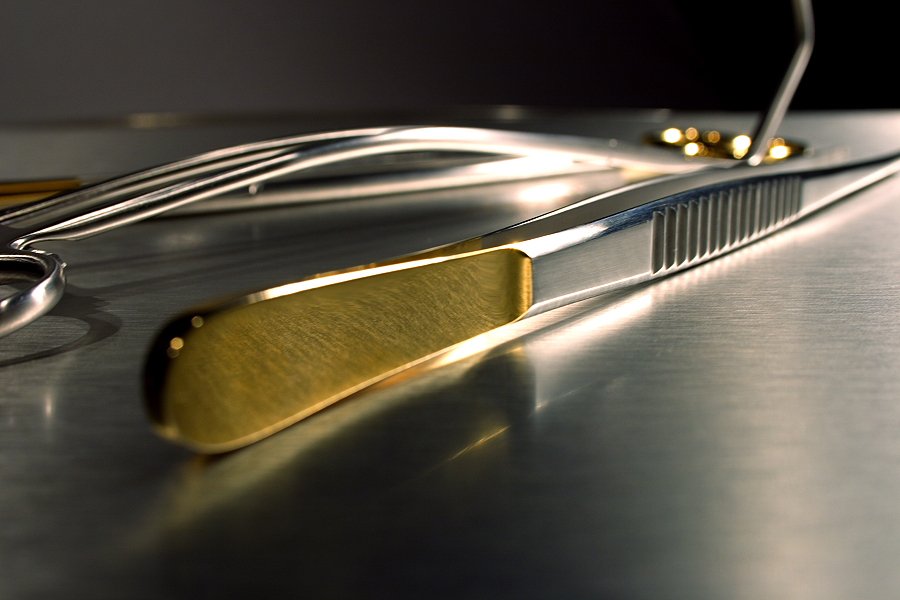In the intricate worlds of surgery, dentistry, and beauty, where precision is paramount, the role of Quality Control (QC) in instrument manufacturing cannot be overstated. Ensuring that each instrument meets exacting standards is not only a commitment to excellence but a crucial step in safeguarding the well-being of patients and the success of procedures. In this blog post, we delve into the meticulous realm of Quality Control, exploring how manufacturers uphold rigorous standards in the production of surgical, dental, and beauty instruments.
Surgical Instruments Quality Control:
1. Material Inspection:
The foundation of every surgical instrument lies in the materials used. Quality Control begins with meticulous material inspection, ensuring that only the highest-grade stainless steel and alloys are employed. This step guarantees the durability, corrosion resistance, and biocompatibility necessary for the demanding environment of the operating room.
2. Precision Measurements:
Surgical procedures leave no room for error. Quality Control involves rigorous precision measurements to confirm that each instrument adheres to exact specifications. Instruments such as scalpels, forceps, and scissors undergo meticulous testing to ensure they meet the stringent requirements for length, thickness, and sharpness.
3. Functionality Testing:
Surgical instruments must perform flawlessly in critical moments. Quality Control protocols include functionality testing, where instruments are evaluated under simulated conditions to verify their performance in real-world surgical scenarios.
Dental Instruments Quality Control:
1. Biocompatibility Verification:
Given the intimate contact with oral tissues, dental instruments must be biocompatible. Quality Control in dental instrument manufacturing involves thorough testing to ensure that materials used do not cause allergic reactions or adverse effects in patients.
2. Sterilization Assurance:
Infection control is paramount in dentistry. Quality Control includes testing the autoclavability of instruments, ensuring that they can withstand repeated sterilization cycles without compromising their structural integrity or functionality.
3. Ergonomic Assessment:
Dental professionals rely on instruments for extended periods. Quality Control in dental instruments involves ergonomic assessments to guarantee that designs prioritize the comfort and usability of the practitioner, reducing the risk of fatigue and enhancing overall efficiency.
Beauty Instruments Quality Control:
1. Durability Checks:
Beauty instruments must endure frequent use in a variety of settings. Quality Control includes durability checks to ensure that materials and constructions withstand the demands of daily use, maintaining performance and appearance over time.
2. Performance Evaluation:
Beauty instruments, from tweezers to facial rollers, must perform precisely as intended. Quality Control involves performance evaluations to confirm that instruments meet the specific needs of beauty professionals and enthusiasts, contributing to effective and satisfying beauty routines.
3. Aesthetic Consistency:
In the beauty industry, aesthetics matter. Quality Control protocols include checks for aesthetic consistency, ensuring that instruments not only perform well but also maintain a visually appealing and professional appearance.
Conclusion:
Quality Control is the bedrock upon which the reputation and reliability of surgical, dental, and beauty instruments stand. Manufacturers, cognizant of the critical role these instruments play in healthcare and aesthetics, employ rigorous protocols to guarantee that every instrument leaving their facilities is a testament to precision, safety, and unwavering commitment to excellence. In the hands of practitioners, these instruments become the trusted tools that shape smiles, restore health, and enhance beauty.
Learn more about how Aurify International manages quality of its instruments here.

 Cart is empty
Cart is empty 